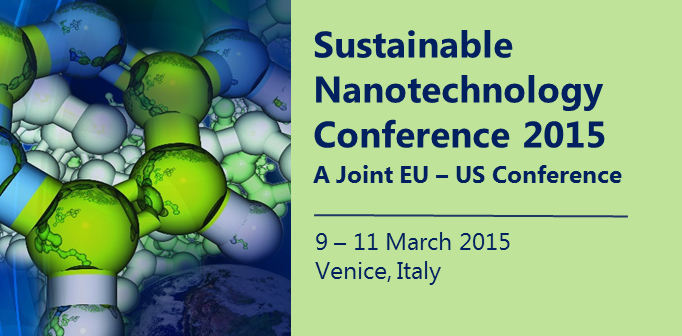Speaker
Azucena Bermejo-Nogales
(INIA)
Description
Fish cells maintained in vitro constitute an interesting tool to obtain information about the toxic action of a wide variety of substances, including nanomaterials, facilitating their prioritization for further testing or even being used directly in risk assessment. The aim of the present study was to assess the toxicity of a broad array of ENM (CeO2, multiwall carbon nanotubes (MWCNT), SiO2, silver, TiO2 and ZnO obtained from the JRC repository) using two fish cell lines as in vitro models: the topminnow fish (Poeciliopsis lucida) hepatoma cell line (PLHC-1) and the rainbow trout (Oncorhynchus mykiss) fibroblast-like gonadal cell line (RTG-2). Cytotoxicity was evaluated after 24 h of exposure with alamarBlue, CFDA-AM and neutral red assays. Exposure to ENM resulted in a cell- and dose-dependent increase of cytotoxicity being PLHC-1 the most sensitive cell type. The ENMs used exhibited the following ranking in toxicity: Ag>ZnO>MWCNT = SiO2=TiO2=CeO2. Alterations of lysosome functionality and disruption of metabolic activity were the primary mechanisms of toxic action of AgNM and ZnONM, respectively. This study shows the appropriateness of fish in vitro models to shed light on the mechanisms underlying the toxic action of ENM, information that can be used in the framework of intelligent testing strategies. Acknowledgements: this work was financially supported by FP7 MARINA project (263215)
Primary author
Azucena Bermejo-Nogales
(INIA)
Co-authors
Josè Maria Navas
(INIA)
Maria Luisa Fernandez-Cruz
(INIA)
